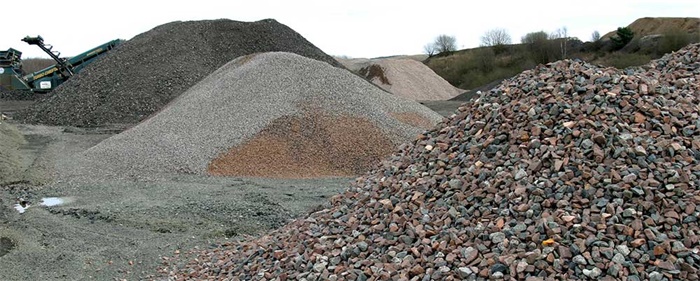
Aggregate is one of the most important constituent materials of dry-mixed mortar. It mainly acts as skeleton and reduces the volume change caused by hygroexpansion during setting and hardening, and also as an inexpensive filler for cementitious materials.
There are natural and artificial aggregates depending on its source- natural kind such as gravel, pebbles, pumice, natural sand with particle size 0-8mm; the latter such as cinder, slag, clay, expanded perlite. According to the density of the aggregate, it also can be divided into light aggregate and common aggregate.
In dry mix mortar, the common aggregate must be further processed to meet the requirements of application. The treatment has three main purposes: removing harmful components in the aggregate, adjusting the grading of the aggregate and reducing the water rate of the aggregate. As per the technical requirements, common aggregate can be divided into Class I, II and III. Class I and II can be used in dry mix mortar which requires high strength and bonding, and Class III is good to use in ordinary masonry mortar and plaster mortar.
The aggregate with different maximum particle size should be selected according to the type of dry mortar. For example, in masonry mortar we use sand with a maximum particle size of 1.6-8.0mm- this is because of the different types of wall materials used. When using wall materials with flat surface, such as aerated concrete blocks, the required mortar layer is relatively thin, so the finer aggregates should be adopted. When the wall materials with rough surface such as red brick are used, rough aggregate shall be used because the required mortar layer is thicker.
In dry mix mortar, the important index to evaluate sand quality is the sand fineness and particle gradation. Particle gradation of sand refers to the composition of particles of different sizes in sand. With the same particle size and large porosity, the porosity and total surface area are both small through different particle size collocation, and better economy, workability, compactness and strength are achieved.
